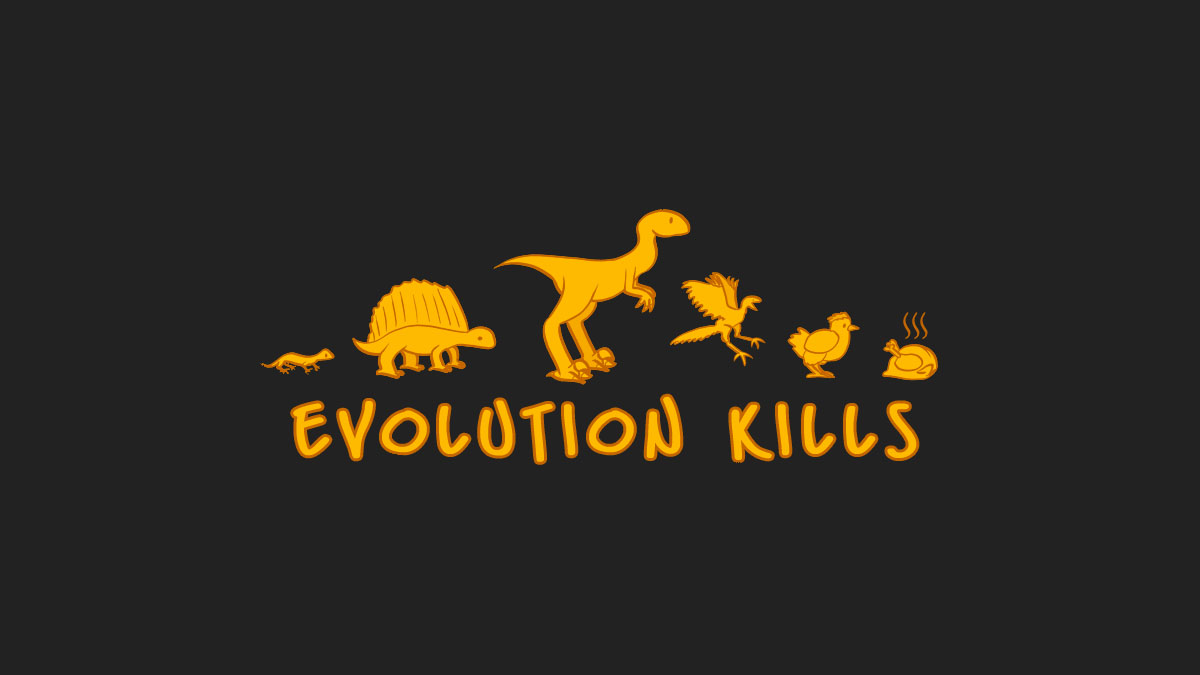resurrecting lamarck

Just because you’re defending a scientific theory doesn’t mean you really understand it. It’s an important lesson we should all learn from the story of French zoologist Jean Baptiste Lamarck. Despite assurances that his theory of evolution was discredited and forgotten, his backwards conception of how living things evolved isn’t dead. It’s still being discussed in science classes and is used as a substitute for Darwin’s version of evolution in creationist literature which tries to portray the science behind the theory as a quasi-religious misconception of Old World agnostics.
Usually, when we think of evolution, we immediately picture Darwin hunched over in a cabin on the HMS Beagle, penning the notes that would one day become the Origin of the Species. But the truth is a bit more complex. Darwin didn’t so much invent the theory of evolution as put all the pieces of it into a framework which provided a mechanism by which evolutionary change could happen. A century prior to that, Georges Louis Leclerc Comte de Buffon (try saying that three times fast) already noticed similarities between many livings things and openly speculated that these organisms might be related to each other. His colleague Georges Cuvier, despite being a staunch denier of evolution, proved extinctions as fact and created the comparative studies we still use to determine the relationship between two organisms.
As the basics of the theory were fermenting, in stepped Lamarck who made a contribution that should’ve made him famous. He came up with a mechanism for the evolutionary changes seen by Buffon. Unfortunately, he got it backwards. Instead of animals being born into a harsh world in which they would either survive long enough to reproduce or die trying, Lamarck gave them the supernatural powers of perfectly adapting to their environments and passing on the acquired traits to their offspring. Cuvier waved it off and Buffon found it a bit too far-fetched. When Darwin’s variation of the theory of evolution provided a plausible mechanism by which animals changed and survived in an everchanging world, the idea that was kicked around for a century suddenly sprang into public consciousness as a serious science.
This was the point when Lamarck’s theories were supposed to vanish into obscurity. But when the typical science class which covers evolution talks about “adaptations to the environment” in vague terms, it injects Lamarck alongside Darwin. Somehow, animals are adapting and natural selection decides what adaptation is best. This presentation creates a hybrid theory for pupils, a theory that’s confusing and poorly explained. Add to that gushing purple prose from science writers too enthralled by the natural world not to use the word nature as one would use the word God and avoid terms like “designed” and “perfectly adapted to,” and you have one very mixed up view of evolution.
Creationist think tanks like the Discovery Institute and Answers in Genesis zero in on perceived weaknesses in the popular conception of the theory (the Lamarckian parts) and hammer away at the vague and mysterious adaptations that suddenly make it easier for animals to survive in a changing world. When faced with the concept of mutations and their effects on a future living thing, creationists declare that almost every mutation would be lethal to a living thing because it would change how the body works (which is pure Cuvier) and if they really do happen, they must be directed by a higher power not to kill the organism.
The fact that redundancies in how our DNA encodes amino acids help us cope with a genome in flux isn’t something that gets discussed in popular science and hence, easily ignored. And of course, creationists like to resurrect a Lamarckian concept of evolution as a process, a race to ever greater advancement. This idea was largely ignored by Darwin and his successors and by bringing it up again, creationists have another fallacy which they can add to their definition of evolution and assail the theory with strawmen arguments.
There’s much more to evolution than meets the eye. It had a long history and several iterations before it finally got the attention of the scientific community. It’s not about Darwin or any of his predecessors. It’s about genetics and the mechanisms of DNA, RNA, genetic toolkits and Hox genes. When we try to present it in the same way naturalists tried to explain it back in the 18th and 19th centuries, we’re doing the theory a massive disservice and continually resurrect the backwards flop of Jean Lamarck.





